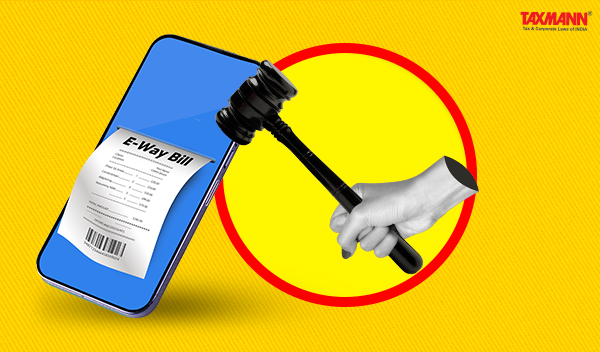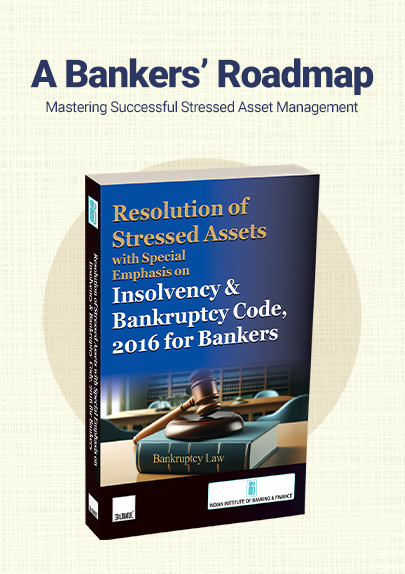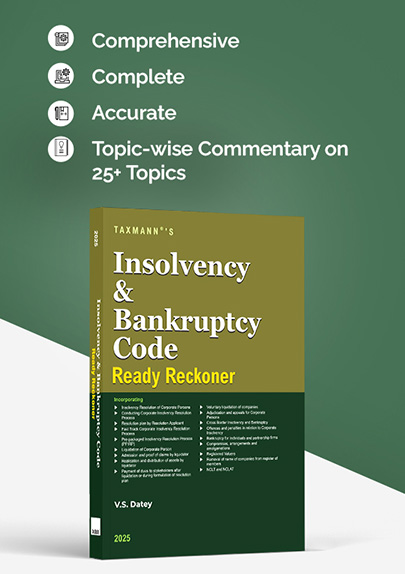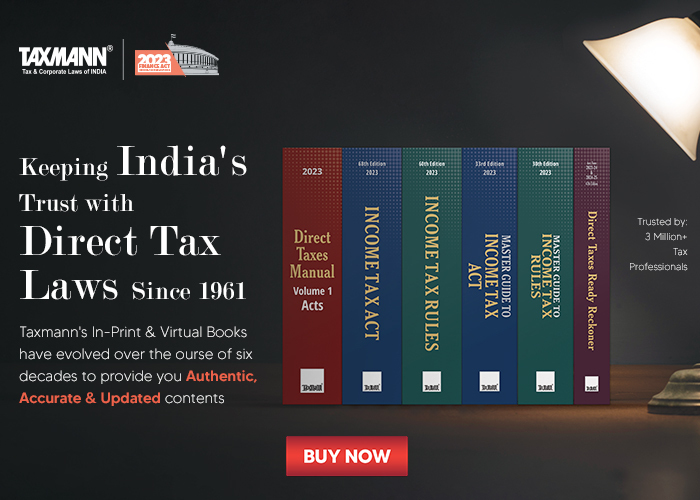Penalty for Mismatch Between E-Way Bill & Delivery Challan Upheld as It Indicates Intention to Conceal Actual Recipient of Goods
- News|Blog|GST & Customs|
- 2 Min Read
- By Taxmann
- |
- Last Updated on 27 February, 2025
Case Details: Mohammad Shamasher vs. State of West Bengal - [2025] 171 taxmann.com 406 (Calcutta)
Judiciary and Counsel Details
- Joymalya Bagchi & Gaurang Kanth, JJ.
-
Sandip Choraria, Rajeev Parik & Ms Pratusha Dutta Chowdhury, Advs. for the Appellant.
-
Subir Kr. Saha, Ld. AGP & Ms Rima Sarkar, Adv. for the Respondent.
Facts of the Case
The assessee was engaged in the transportation of a JCB machine from one state to another when the vehicle carrying the machine was intercepted by the Bureau of Investigation. During the inspection, the driver failed to produce the original or duplicate copy of the tax invoice, delivery challan, or e-way bill as required under GST law. Upon verification using the E-Way Officer App, it was found that an e-way bill had been generated for the transportation. However, during physical verification, a delivery challan was submitted, which contained material discrepancies and lacked the prescribed particulars under Rule 55 of the CGST Rules, including the required signature of the consignor or its authorized representative. The adjudicating authority imposed a penalty equivalent to 200% of the tax payable under Section 129(3) of the CGST Act, 2017. The penalty order was upheld by the appellate authority. Aggrieved by the decision, the assessee challenged the penalty before the Calcutta High Court, contending that the penalty was imposed solely due to the non-production of the delivery challan and did not indicate any intent to evade tax.
High Court Held
The Hon’ble Calcutta High Court held that the mismatch between the e-way bill and the delivery challan was not an inadvertent discrepancy but a deliberate attempt to conceal the identity of the actual recipient of the inward supply. As per the e-way bill, the consignor was an unregistered person, whereas the delivery challan was accompanied by a release letter issued by a registered entity. The Court observed that this discrepancy provided an opportunity to evade tax by misrepresenting the actual recipient of the rental/lease service of the JCB machine. Furthermore, the availability of e-way bill footprints to tax authorities indicated that the declaration of an unregistered person as the consignor was intentional, aimed at avoiding GST liability. Accordingly, the Court upheld the penalty under Section 129(3) of the GST Act and dismissed the appeal.
Disclaimer: The content/information published on the website is only for general information of the user and shall not be construed as legal advice. While the Taxmann has exercised reasonable efforts to ensure the veracity of information/content published, Taxmann shall be under no liability in any manner whatsoever for incorrect information, if any.

Taxmann Publications has a dedicated in-house Research & Editorial Team. This team consists of a team of Chartered Accountants, Company Secretaries, and Lawyers. This team works under the guidance and supervision of editor-in-chief Mr Rakesh Bhargava.
The Research and Editorial Team is responsible for developing reliable and accurate content for the readers. The team follows the six-sigma approach to achieve the benchmark of zero error in its publications and research platforms. The team ensures that the following publication guidelines are thoroughly followed while developing the content:
- The statutory material is obtained only from the authorized and reliable sources
- All the latest developments in the judicial and legislative fields are covered
- Prepare the analytical write-ups on current, controversial, and important issues to help the readers to understand the concept and its implications
- Every content published by Taxmann is complete, accurate and lucid
- All evidence-based statements are supported with proper reference to Section, Circular No., Notification No. or citations
- The golden rules of grammar, style and consistency are thoroughly followed
- Font and size that’s easy to read and remain consistent across all imprint and digital publications are applied






 CA | CS | CMA
CA | CS | CMA


